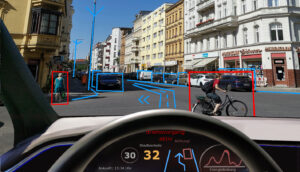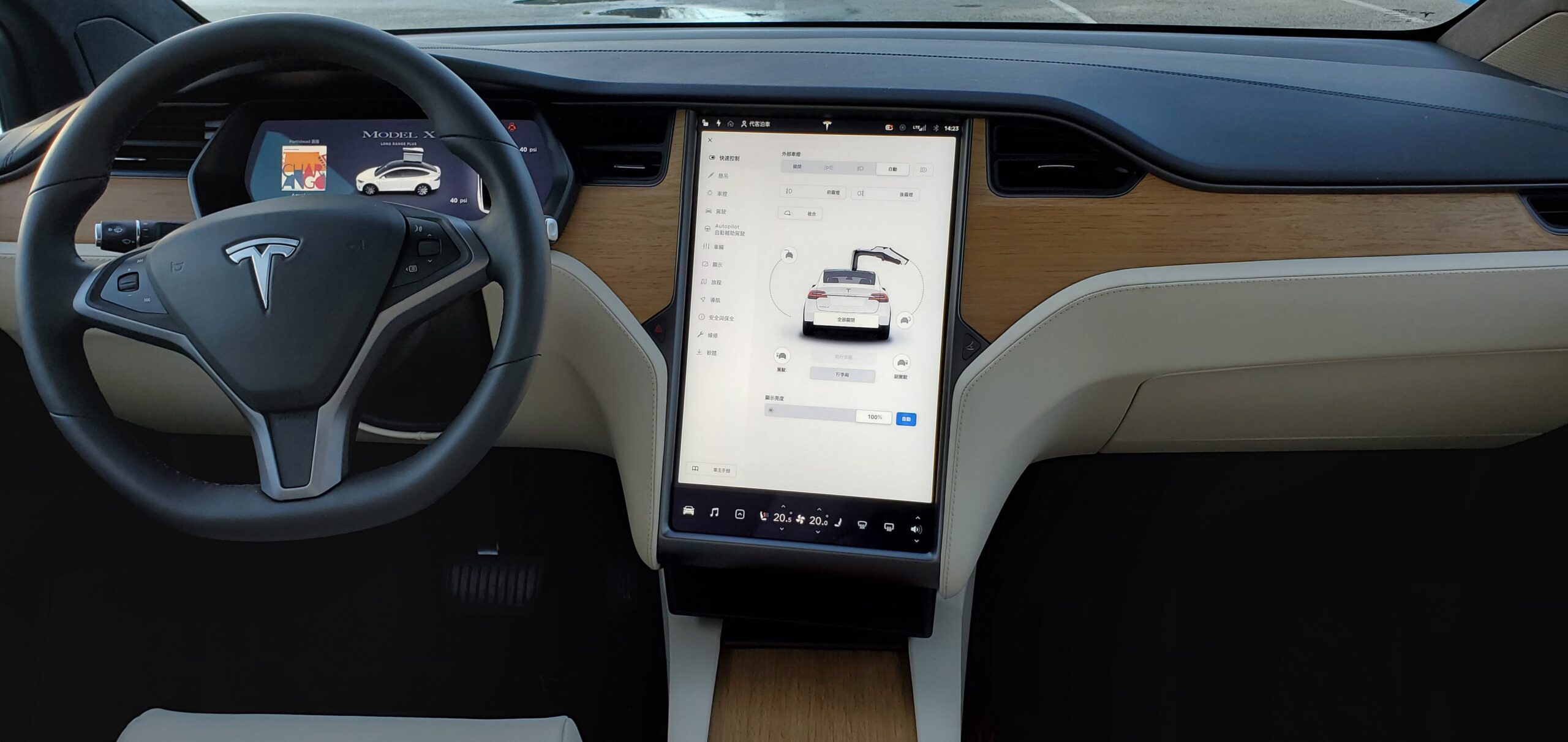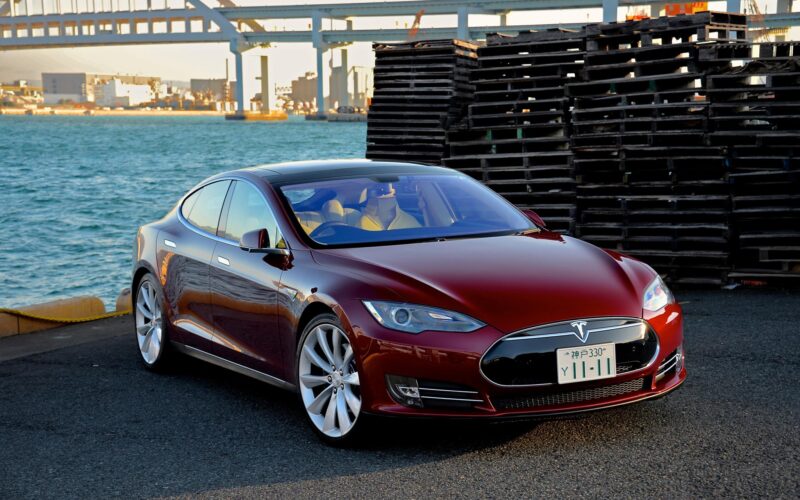When asking for predictions about the future of transportation, you’re likely to receive an answer that includes “flying cars.” While flying cars are still a ways away, they have been pushed to the backburner for an equally futuristic idea: autonomous driving. The idea of kicking your feet-up and enjoying a relaxing breakfast while the car does the driving for you sure sounds fantastic, but I’m sure you’re wondering — are self-driving cars really going to be an innovation that I can enjoy? And of course, there is the all important question: is autonomous driving even safe?

Over the years, cars have progressively gotten smarter and started to incorporate more features that help to relieve drivers of some duties while behind the wheel — you may be surprised to find that you have some of these in your car already! A car’s autonomy is ranked on a scale of 0 to 5, with 5 being the most autonomous. What most people tend to think of as a self-driving car (think a vehicle that drives itself and you can just sit in the driver’s seat) would likely start at level four, which is referred to as “high automation.” For those that already have features in their car such as highway assistance, that would fall under “partial automation,” which falls on level 2. It is important to note that the shift to self-driving cars won’t happen overnight; it will happen more gradually as autonomous features such as highway assistance become incorporated into and utilized in more vehicles.
Every time you step inside a car you are taking a risk, and self-driving cars are no exception. Self driving cars pose some traditional and obvious dangers we associate with driving, such as accidents, but they also pose some unique issues. Self driving cars rely on computer technology, and just like a computer, they are susceptible to hackers. Despite these hackers, they likely pose less of a threat than your everyday distracted driver. Part of the concern with self-driving cars is that in the current stage they are in, people still need to be careful and be willing to override the car in the event of something unexpected. The infamous Uber self-driving crash was due to the car not recognizing a biker cutting across the street and the driver not doing anything to prevent the accident from occurring. The image most people have of being able to kick their feet up and perhaps knock a few back while the car does all the work is not achievable yet — it is important that people are still paying attention to the road and be ready to intervene if necessary.
Another potential concern many people have is the lack of regulation regarding these autonomous vehicles. It seems that the regulatory groups are hesitant to regulate out of fear of slowing innovation; however, there have been calls to increase regulation after a number of accidents. Tesla has been the brand that has come under fire the most for its “full-self driving” mode where there have been numerous accidents due to camera malfunctions and people failing to override when there is system error.

While it is becoming more widely used and the research surrounding autonomous driving is improving everyday, it is probably best to hold off on riding in an autonomous vehicle at the moment. And for those wondering if they’ll be able to avoid white-knuckled experience of teaching their kids to drive since there might be self driving cars in the future, the short answer is you probably shouldn’t bank on it.
Picture Credit: Google Creative Commons Licenses









